By Capt. Kevin Bartoe, P.E., M.SAME, USN (Ret.), Steve Andresen, P.E., PMP, and Kevin Jensen, P.E.
Through early contractor involvement and an understanding of the urgency to complete the project, a much-needed Mariner Skills Training Center was able to go from concept to completion in less than four years.
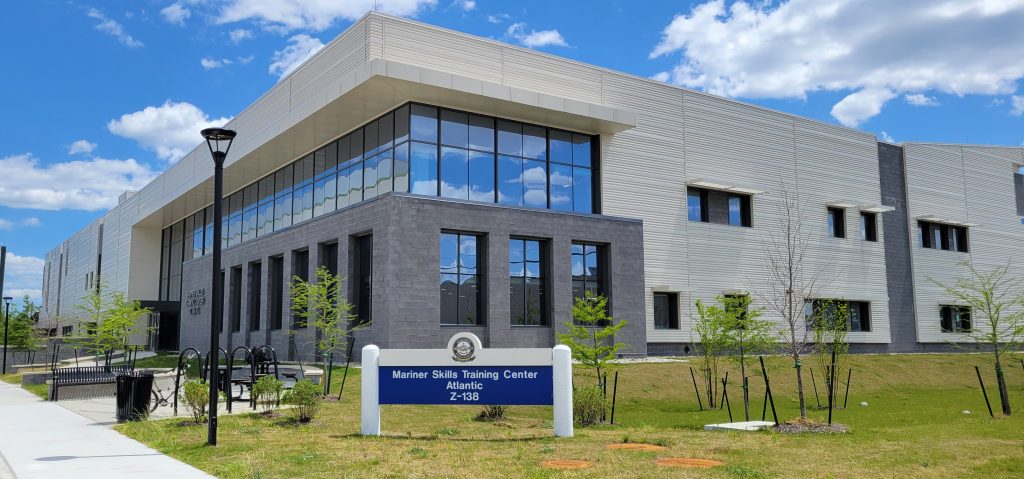
PHOTOS COURTESY JACOBS/U.S. NAVY
The timeline for planning, gaining approval, designing, and constructing a significant new building for the U.S. military can often be long and uncertain. An average timeline of seven to 10 years, from facility concept to commissioning, can be impacted as requirements change or as economic factors slow the end goal. Still, despite what is often a protracted process, there are a number of innovative approaches that exist for shortening this timeline and increasing the speed that facilities can be delivered for federal agencies. Combining them can be a solution for overcoming the lengthy lifecycle of military construction projects. At Naval Station Norfolk, Va., through a unique combination of project urgency, leadership commitment, and innovative acquisition methods for design and construction, Naval Facilities Engineering Systems Command (NAVFAC) Mid-Atlantic delivered, in collaboration with industry, a much-needed facility— the Mariner Skills Training Center (MSTC)—in a shortened window while staying within budget.
An Urgent Need
The MSTC was approved by the Chief of Naval Operations to improve general seamanship and watch team training for Navy surface warfare officers and ship crews. After two tragic collisions between Navy combatants and merchant vessels, the center became a top priority for the Navy. These incidents were a clarion call to the service that it needed to reinvent the entire program for preparing and maintaining the maritime skills of ship crews. The USS Fitzgerald and USS John S. McCain incidents in 2017 happened within two months of each other and exposed gaps in the program for seamanship skills training.
As part of the Navy’s internal review that followed, the Chief of Naval Operations approved the establishment of two MSTCs. The new training facilities, in San Diego, Calif., and Norfolk, Va., would enable world-class technology-based training for surface vessel crews. These training facilities needed to be in fleet concentration areas to ensure easy access to the training courses for crews assigned to ships homeported at the installations.
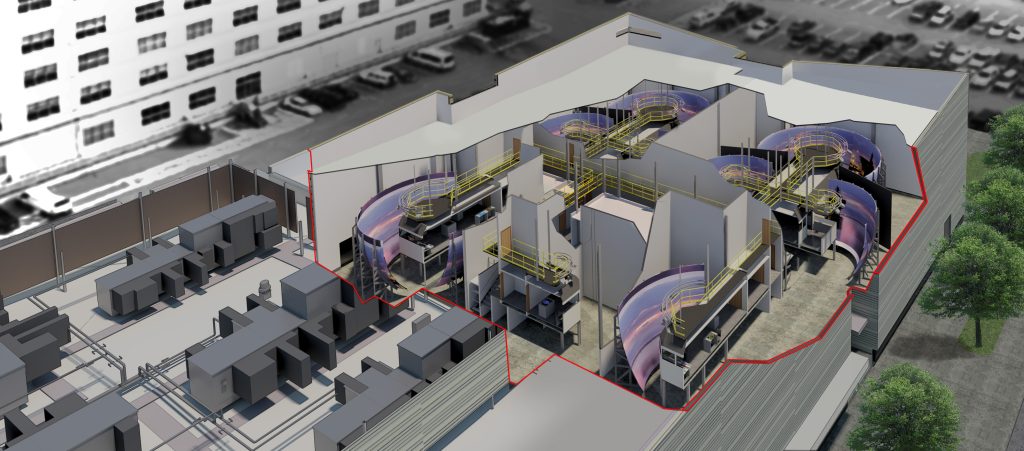
a quick pivot enabled the project to be appropriated and move into final design and construction execution.
Agility and Flexibility
Because of the urgency to deliver the MSTC, planning began with an undefinitized design contract action so the work could get started immediately. The Jacobs project team met with leadership from NAVFAC and Naval Sea Systems Command (NAVSEA) in order to understand and capture the full requirements of the simulation-based trainers and how they would fit into the facility. A plan was developed to deliver a high-quality facility in the fastest possible timeframe, while remaining flexible and agile as details of the trainer system were finalized.
In the spring and summer of 2019, the new building design began to come together. Through close coordination with NAVFAC and NAVSEA, the project team collaborated to design an approximately 118,000-ft2, two-story building to support multiple trainers and associated training spaces.
The project was cast into unfamiliar territory almost immediately. On day two of execution, it became clear that the plan to renovate an existing building to house the new trainer systems was unfeasible. The original facility was aged and occupied by several ongoing functions that proved costly and impractical to relocate. Most importantly, the largest simulators could not fit within the existing building without a major rework of the roof structure. NAVFAC and the design team promptly pivoted to a new building using a military construction solution as the only viable option for mission delivery.
NAVFAC leadership quickly realized that getting approval for this urgent project would require a different level of effort to secure the appropriations on time. In 2018, the Chief of Naval Operations approved the facility solution plan for both MSTC Norfolk and MSTC San Diego. In January 2019, the Department of Defense inserted MILCON DD1391 into the late stages of the FY2020 budget submissions. The $70 million project was briefed to Congress and appropriated, enabling it to move into the final design and construction execution phase.
Moving to Design
NAVFAC originally planned to deliver the MSTC Norfolk using a design-build contract model, believing it was the quickest way to get to the beneficial occupancy date. However, the agency, along with contractor support from Jacobs, ended up determining that a design-bid-build model would deliver the project more than 200 days before the design-build strategy. Additionally, this change would put the project in a position to further reduce cost and schedule risk through early contractor involvement (ECI).
In the spring and summer of 2019, the new building design began to come together. Through close coordination with NAVFAC and NAVSEA, the project team collaborated to design an approximately 118,000-ft², two-story building to support multiple trainers and associated training spaces. At the center of the new facility are five navigation, seamanship, and ship-handling trainers; a radio navigation trainer; 30 cove trainers; and 16 VMS/ECR training spaces.
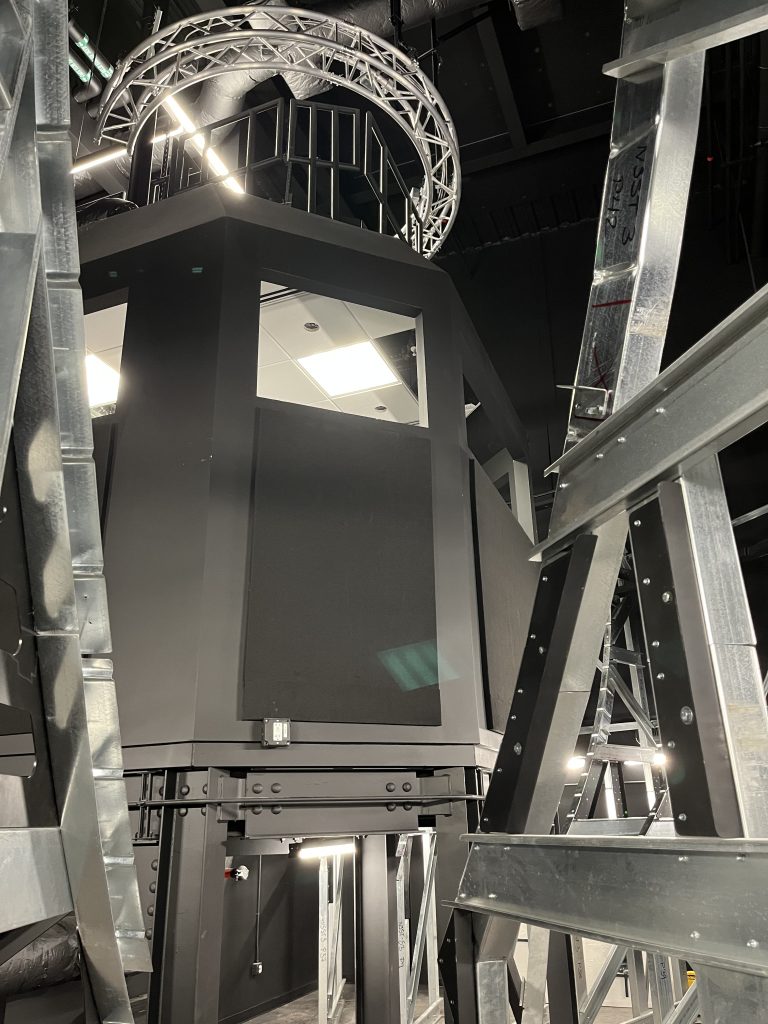
Following high performance and sustainable building guiding principles, the design for MSTC Norfolk enhances occupant health and wellness while reducing negative environmental impacts. The design team iteratively optimized the building footprint through interdisciplinary coordination—both physically on the site and sustainably through the reduction of resource use.
The new facility also includes innovative energy-saving design elements. The project exceeded energy saving goals beyond the ASHRAE 90.1 baseline by 31.6 percent, using the Trane-Trace energy model resulting in an energy savings of 1,077,333-kWh.
A Smooth Transition
ECI is where the prime construction contractor is engaged early in a project to offer input into the design phase. The model allows the construction partner to have input into the design, with the end goals being to minimize constructability-related issues later on and help ensure the project is buildable within the identified budget. Studies have shown savings of around 10 percent in construction phase time and 7 percent in cost are achievable with ECI.
NAVFAC determined that using ECI would enable improved cost and schedule control to ensure delivery of the mission requirement to the Navy. In September 2019, NAVFAC brought on RQ Construction as an ECI partner. The design was shared at the 50 percent design stage to achieve the intended partnering outcome. Foreseeable risks were identified and defused through the ECI process; this helped ensure a smooth and successful transition to construction operations.
NAVFAC awarded two work packages for the physical construction. The first was awarded in February 2020 and provided for site civil engineering for erosion control and grading and structural drawings for piles, footings, and grade beams. To meet the ambitious completion date, site clearing began in late March 2020 without a formal groundbreaking ceremony. The second and final package was then issued in July 2020 and contained the remaining portions of the work.
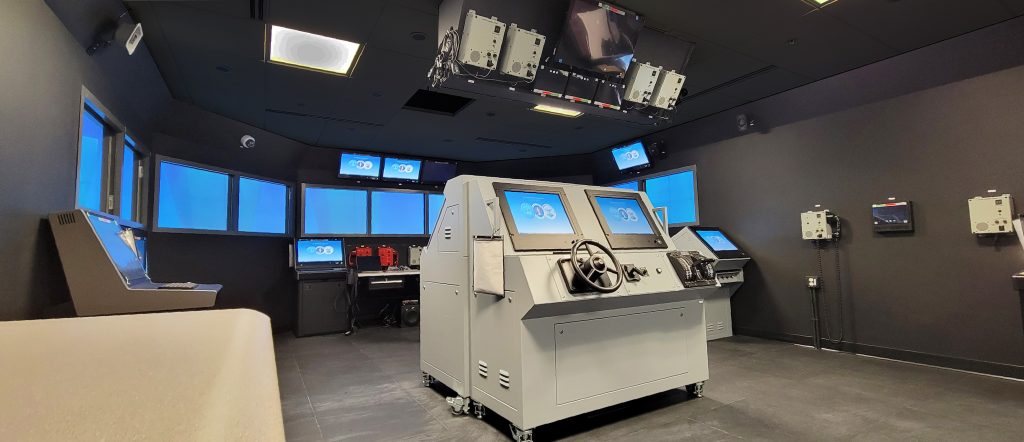
As COVID-19 began to impact the jobsite, all parties implemented masking and social distancing, and work adjusted to a new normal. Soon, supply chain and manufacturing impacts worsened alongside a labor scarcity. Material and personnel shortages continued to affect construction throughout 2021 and into 2022. The constructor reached south into North Carolina in search of subcontractors while continuing to push forward toward completion. Partial acceptance of the new facility was issued in August 2022, followed by final acceptance in October 2022.
Expedient Delivery
NAVFAC, the design team, and the constructor recognized an unspoken level of stress and pressure to deliver this project on time due to its high visibility within the Navy. The team implemented weekly coordination meetings in order to instill confidence that work remained ahead of the game—addressing issues proactively without delays or shortcuts. For example, all involved parties focused on occupant safety aspects of the facility design and safety during construction.
The MSTC Norfolk was on track for its official opening in summer 2023, including the complete outfitting and operational testing of the advanced trainer equipment. In less than four years, the project was able to go from concept to final acceptance.
End-to-end schedule performance was only possible because of the extraordinary commitment of Navy leadership, NAVFAC, the designer, and the constructor. All were committed to working together to deliver this vital facility that will provide exceptional training for the thousands of surface warfare officers and ship crews passing through its doors.
Capt. Kevin Bartoe, P.E., M.SAME, USN (Ret.), is Navy Portfolio Client Account Manager
Steve Andresen, P.E., PMP, is former Project Management Principal, Jacobs; kevin. bartoe@jacobs.com.
Kevin Jensen, P.E., is Supervisory Construction Manager, NAVFAC Mid-Atlantic; kevin.d. jensen.civ@us.navy.mil
More News from TME
-
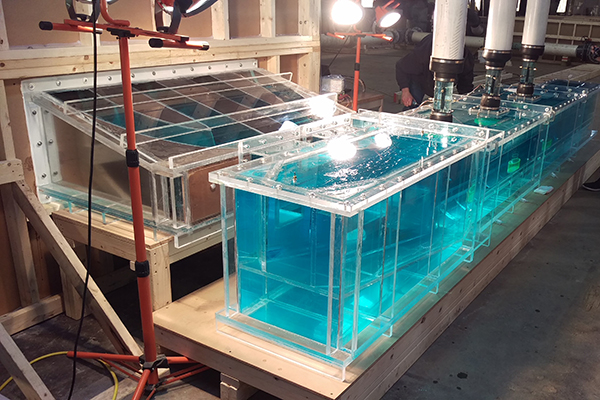
Setting Standards For the Future at Norfolk Naval Shipyard
The renovation for Dry Dock 4 at Norfolk Naval Shipyard, utilized advanced 3D and scale modeling to guide the design choices that would prepare the facility for another 50 years of service while meeting increased standards for resiliency and redundancy. -
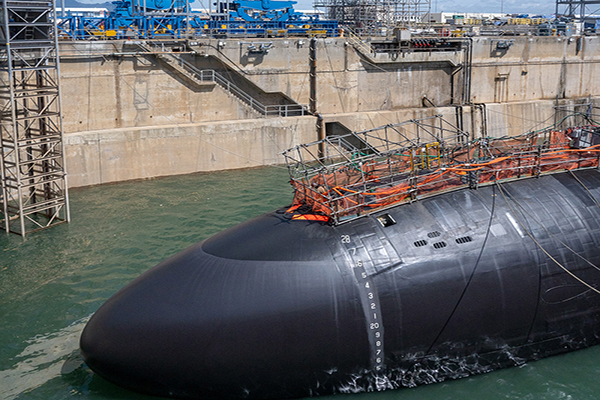
Improving NAVFAC’s Facilities Construction Community
Naval Facilities Engineering Systems Command has implemented a series of process improvements across its construction workforce to increase recruitment, validate and standardize mastery of processes and procedures, and recognize accomplishments of personnel. -

Modernizing Dry Dock No. 1 at Naval Base San Diego
A recent project to modernize Dry Dock No. 1 at Naval Base San Diego will allow the facility to service modern vessel types while increasing its reliability for decades.